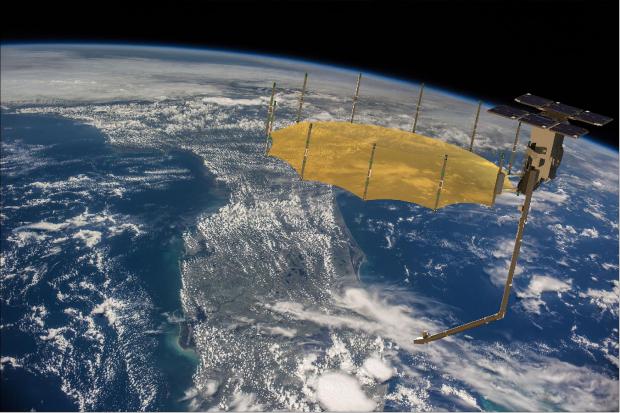
Breaking News
 James O'Keefe: My entire speech at AmericaFest 2025. We're not stopping. Join us to expose..
James O'Keefe: My entire speech at AmericaFest 2025. We're not stopping. Join us to expose..
 U.S. vs. Chinese Military Comparison – Focus on Asia-Taiwan Scenario
U.S. vs. Chinese Military Comparison – Focus on Asia-Taiwan Scenario
 DoJ Sues Four More States for Failing To Produce Voter-roll Data
DoJ Sues Four More States for Failing To Produce Voter-roll Data
 World's Largest Aviation Giant Abandons Google Over Security Concerns
World's Largest Aviation Giant Abandons Google Over Security Concerns
Top Tech News
 Perfect Aircrete, Kitchen Ingredients.
Perfect Aircrete, Kitchen Ingredients.
 Futuristic pixel-raising display lets you feel what's onscreen
Futuristic pixel-raising display lets you feel what's onscreen
 Cutting-Edge Facility Generates Pure Water and Hydrogen Fuel from Seawater for Mere Pennies
Cutting-Edge Facility Generates Pure Water and Hydrogen Fuel from Seawater for Mere Pennies
 This tiny dev board is packed with features for ambitious makers
This tiny dev board is packed with features for ambitious makers
 Scientists Discover Gel to Regrow Tooth Enamel
Scientists Discover Gel to Regrow Tooth Enamel
 Vitamin C and Dandelion Root Killing Cancer Cells -- as Former CDC Director Calls for COVID-19...
Vitamin C and Dandelion Root Killing Cancer Cells -- as Former CDC Director Calls for COVID-19...
 Galactic Brain: US firm plans space-based data centers, power grid to challenge China
Galactic Brain: US firm plans space-based data centers, power grid to challenge China
 A microbial cleanup for glyphosate just earned a patent. Here's why that matters
A microbial cleanup for glyphosate just earned a patent. Here's why that matters
 Japan Breaks Internet Speed Record with 5 Million Times Faster Data Transfer
Japan Breaks Internet Speed Record with 5 Million Times Faster Data Transfer
Spying from space: New satellite can produce "crystal clear" images of any place on Earth

Called Capella-2, the bedroom-sized satellite beams radio signals that can penetrate imaging barriers like cloud cover and nighttime to produce high-resolution radar images that show the inside of lightweight structures.
Capella Space launched the satellite to space in August but has only unveiled it this December. When asked about privacy concerns, the company stated that the device cannot be used for spying even though it's better at viewing Earth than other surveillance and observational satellites.
The best satellite yet of its kind
Capella-2 is about the size of a washing machine when launched into orbit. But it grew to the size of a small bedroom after deploying a minivan-long boom upon reaching space. It is equipped with an impressive system of cameras and sensors, boasting more than 1,300 feet of cables and wiring linking more than 100 individual boards and electronics.
"The whole system is nothing short of remarkable," said Capella Space CEO Payam Banazadeh, a former engineer at the National Aeronautics and Space Administration (NASA)'s Jet Propulsion Laboratory.
The satellite uses an imaging method called Synthetic Aperture Radar (SAR). SAR is the same technology NASA has been using since the 1970s. It can view Earth regardless of air visibility, cloud covering or time of day. It does this by blasting 9.65 gigahertz radio signals toward the planet and interprets the pulses that bounce back to form a visual.
"At that frequency, the clouds are pretty much transparent. You can penetrate clouds, fog, moisture, smoke, haze," Banazadeh told Futurism.

 Advanced Propulsion Resources Part 1 of 2
Advanced Propulsion Resources Part 1 of 2

